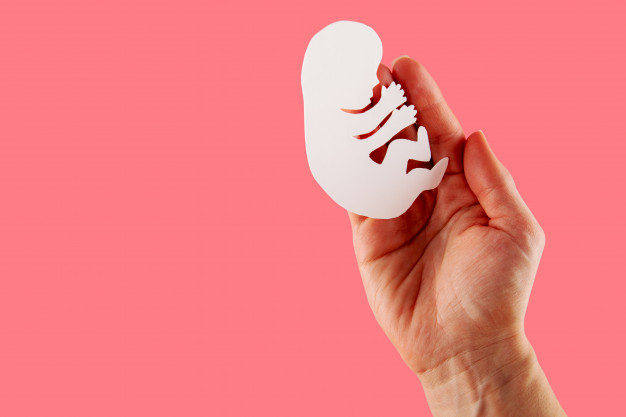Introduction
The journey of pregnancy is an incredible experience filled with anticipation and joy.
As the due date approaches, some women may require assistance in initiating labor.
This process is known as inducing labor. In this article, we will explore what inducing labor entails, why it may be necessary, and how it works to ensure a safe and healthy delivery. Let’s dive in!
Understanding Inducing Labor
Inducing labor refers to the artificial initiation of contractions before labor begins naturally.
This intervention is typically performed when the health of the mother or baby is at risk, or when the pregnancy has exceeded a certain gestational age.
Inducing labor involves stimulating the uterus to trigger contractions and cervical dilation, leading to the commencement of childbirth.
Reasons for Inducing Labor
Post-term pregnancy:
A pregnancy that extends beyond 42 weeks is considered post-term.
Inducing labor in such cases helps reduce the risk of complications associated with prolonged pregnancy, such as stillbirth or meconium aspiration.
Preeclampsia or gestational hypertension:
When a mother’s blood pressure rises significantly during pregnancy, it can lead to preeclampsia or gestational hypertension.
Inducing labor may be recommended to prevent further complications and ensure the well-being of both the mother and baby.
Fetal growth restriction:
In some cases, the baby may experience restricted growth in the womb, which can compromise its health.
Inducing labor helps deliver the baby, allowing for closer monitoring and appropriate medical care.
Premature rupture of membranes:
When the amniotic sac ruptures before the onset of labor, it can increase the risk of infection.
Inducing labor may be necessary to avoid potential complications and protect the well-being of both the mother and baby.
Maternal or fetal medical conditions:
Certain medical conditions, such as diabetes, kidney disease, or placental complications, may require labor to be induced for optimal management and delivery.
Methods of Inducing Labor
Medications:
The most common method of inducing labor involves the use of medications, such as prostaglandins or synthetic oxytocin.
Prostaglandins help ripen the cervix, making it more favorable for labor, while synthetic oxytocin stimulates contractions.
Membrane sweeping:
This procedure involves the gentle separation of the amniotic sac from the cervix.
It releases hormones that can help initiate labor naturally.
Breaking the water:
Also known as artificial rupture of membranes, this procedure involves manually breaking the amniotic sac to stimulate labor.
Foley bulb:
A small catheter with a balloon is inserted into the cervix and filled with sterile water, which puts pressure on the cervix and encourages dilation.
It’s important to note that the method used to induce labor depends on various factors, such as the mother’s health, the status of the cervix, and the stage of pregnancy.
Conclusion
Inducing labor is a medical intervention that helps initiate childbirth when it becomes necessary for the health and well-being of the mother and baby.
By understanding the reasons behind labor induction and the methods used, expectant mothers can have a clearer perspective on what to expect if they find themselves in a situation where labor needs to be induced.
Remember, the decision to induce labor is made by medical professionals after careful consideration of various factors.
The ultimate goal is to ensure a safe and healthy delivery for both mother and baby.
If you have any concerns or questions about inducing labor, consult with your healthcare provider, who will guide you through the process and provide the best care possible.
![]()







